
The video game industry catches flak from individuals claiming that games are a waste of time, or worse, a detriment to the socio-intellectual functioning of those who play them. It's assuring to know that there is some semblance of luminaries in the field with researched findings to the contrary. Many of these people convene annually for the Games For Change Festival, now in it's 9th year. My attendance at the event (my first time) has come and gone, but what have developers, educators, and gamers taken from the discussions, forums, and demos? I can only speak for myself, so allow me to recount the conference in daily breakdowns. I'm not going to cover every single event that took place, and instead focus on the one's that left the greatest impression on me. The events during the festival-proper on Tuesday and Wednesday were all livestreamed, so you can view archived video of most all of the major presentations given on those days.
Monday
The first day was really more of a "Day 0" since it was billed as a pre-festival summit. Two groups sponsored simultaneous dockets spanning the entire day, each with specific focuses. The Federal Games Working Group (FGWG) focused on intersections between the gaming industry and the government. For what it's worth in the interest of disclosure, I am a member of this group through my Smithsonian affiliation. However, I spent the majority of the summit day at the AMD Foundation's sessions on teaching game design to youth, which are more immediately relevant to my job as an educator.
The AMD session began with a tepid panel discussion featuring the day's lineup of presenters. There was too much surface-deep talk about why games are great for education, and how that relates to their specific organization. It was as if the introduction was the panel, which I understand the purpose of in concept, but it didn't lead anywhere interesting except for a couple decent audience questions that pointed to case study experiences. Based on the crowd of attendees, I think it was safe to assume that everyone was already on board for using games in education, yet the panel was keen on reiterating this inherent understanding. Perhaps this was information that one could take back to their traditionally entrenched institutions in hopes of better conveying more progressive stances on games in education. Perhaps.
Next up was a walkthrough of Gamestar Mechanic, a game design learning tool that removes coding and focuses purely on the design process. It's meant as a low-barrier introduction to these basics, targeted at the middle-school set. The audience was prompted to play through a "level" for teachers that acted as a tutorial. I found the tools pretty impressive in terms of making a side-scrolling or top-down game. The tools for feedback and iteration were the most impressive aspect. Classmates can play one another's games and leave comments on notes in-game ala Dark Souls. When you switch between play and edit modes on the fly, you can act on feedback notes immediately rather than having to switch to a disconnected editor.

|
GameSalad tools |
The Activate! presentation in the afternoon similarly demoed a game design platform for classroom implementation, but this time it was GameSalad. This was the presentation I was most excited for during the summits because I'm developing a workshop framework that uses that very program. I first learned about GameSalad when it was mentioned in coverage of various game jams as a tool that anyone could learn to use. Objectively speaking, the Activate! presentation may have leaned too heavily on GameSalad how-tos, but from my point of reference, it was exactly the sort of information I was looking for. GameSalad definitely feels like a step up from Gamestar in terms of complexity, but even though it gets into code writing, you never have to actually "write" code, just use the drag/drop interface to place pre-programmed commands where you want them and adjust sliders accordingly. Using some ready-made assets, audience members created a functional versions of Breakout in a mere half hour. GameSalad seems like a powerful and empowering tool for high school students or even adults looking to dip their toes in the game design pool.
I jumped back over to the other summit at this point to catch up with some colleagues and shuttle off to attend a FGWG meet n' greet with some game designers who would be speaking during the festival the following two days. I was pleased with my summit choices, but couldn't help wondering if I'd have enjoyed some of the FGWG talks more. I read live tweets as they popped up during concurrent sessions, which seemed intriguing, though I appreciated how grounded and direct the AMD presentations were. Having attended Digital Media Learning Conference (DML) earlier this year, I grew a little tired of the "big philosophical monologue then narrow case study" dynamic. I looked back at the end of those days at DML with little to bring home and implement. After the AMD summit, I definitely had pathways.
Tuesday
As festival Day 1 began, everyone filtered into an auditorium-style theater, tailor-made for presentations instead of the banquet halls and side rooms of the summits. TED Talk alumnus Jane McGonigal held the opening keynote position and delivered an engaging presentation the covered self-help, design theory, neuroscience, and personal struggle. The easiest reference for Jane McGonigal's game design work is Halo 2's I Love Bees alternate reality game/marketing campaign, where she was the community lead. The driving focus of her speech was in alignment with the philosophy behind her latest game: SuperBetter, which supports players as they build real-world resilience. McGonigal spoke of an incident where she suffered severe head trauma and was faced with a situation that seemed to present her with "no reason to live." In order to help her get through day-to-day existence, she began to gamify her life. She would set challenges for herself that would take concentrated effort, but could realistically be achieved, and used this tactic as a significant contribution to her recovery. McGonigal wants SuperBetter to be a game where players can improve themselves in similar ways, but without having to undergo trauma. I don't know all of the technical details about how you're supposed to "play" the game, but the design philosophy was touching and impactful, leaving me with a desire to explore SuperBetter further at some point.
Before lunch, Cow Clicker creator Ian Bogost took the stage to discuss games as tools for journalism. "Newsgames," as he dubbed them, are games that can be played to consume news stories in a different way than other forms of media. Bogost detailed the history of the relationship between traditional news media and games, and particularly how the downfall of newspapers and emergence of Internet and TV news has squandered the most all intersections of games and news. Bogost is part of a team creating a newsgame tool called Game-O-Matic that allows users to almost instantly create a game based around a news story. The instantaneous element is important since game design normally takes the effort of a small team and multiple hours, and news obviously changes much more quickly. Newsgames need to be more akin to photojournalism in their accessibility and promptness.
The Game-O-Matic presents you with a blank slate where you can make a word-web of nouns and attach them together with verb-laden arrows. The tool only provides a preset list of verbs, but through a little interpretive reasoning, you should be able to find something that will generate the desired behavior. Once this is setup, you simply click a big red "create" button and poof, your newsgame has a ruleset and is ready to go. Sample games were generated using Mayor Michael Bloomberg, soda, and obesity as the elements, to amusing results. By default the insta-games just use colored dots with text labels, but you can sub in icons as you wish. Gameplay options appeared simple, consisting of mechanics that have been around for a long time like "collect all of something," or "exit the screen to the right," but there could be obstacles depending on how complex you make the relationships between objects. Does this lend Game-O-Matic particularly well to handling dourly serious news content? Probably not, but it seems adept at just about subject you can shake an editorial cartoon at.

|
Sweatshop screenshot |
A round of game design case studies was offered in the afternoon, highlighting titles that deliberately seek to be agents of change, each in their own way. The two that stuck out the most to me were both British in origin: Sweatshop and The End. Sweatshop is a tower defense-style game except you have to put together consumer products on an assembly line. The game gets increasingly complex as different workers specialize in different steps of the process and you must keep them hydrated and productive, taking on the role of floor manager. The End is a puzzle platformer that borrows symbolism from various religious traditions in an effort to inform the player about these belief systems. As the name implies, there's a particular focus on the afterlife, and the game has gridded out some historical figures so that depending on how you answer certain questions posed by "boss" characters you are shown to be leaning closer to say Churchill or Einstein.
Having played, but not completed either of these games, I can't say anything with absolute conclusion, but they both do an excellent job of showing effective socially conscious game design, and also showcasing where these kinds of games can fall short. Sweatshop is stylish, witty, and quite fun to play, but I could see the name and subject matter putting people off outright. The End provides an interesting service in its alignment of like-minded historical figures, but I found the platforming gamelplay to be rather rote, even if it did look pretty. Both games also pop up with blocks of text after completing levels that inform you of certain real-world implications or examples of how the game reflects things outside of itself. I imagine the vast majority of players just skip these over, seeing as their tone seems to be coming from outside the game, even if they put it in a word bubble of a recognizable character. I'd be interested to read about the measurable results of these games since they seem both difficult to quantify and boldly ambitious with their goals.
After a day-closing keynote from Nolan Bushnell, everyone sauntered over to a nearby bar for the opening night party featuring free PBRs and a few Kinect games (nothing I hadn't seen before: Dance Central, Sesame Street, and Happy Action Theater). The casual atmosphere and light socializing was a pleasant cap on a full day of sitting in an auditorium listening to people talk while furiously rapping on my iPad with my fingertips.
Wednesday
ASU professor James Paul Gee kicked off the final festival day with a charge for the development of what he termed "Big 'G' Games." This charge calls for the creation of games that truly foster learning by both existing as pieces of software, but also connecting players with real-world people and spaces. Gee claims that to have a good Game, you'll need to provide or facilitate an affinity space (somewhere for people to commune, discuss, problem solve, and innovate) and also follow about 20 or so principles that he went on to detail with the rest of his talk. One of the big points was to focus on not just cognitive intelligence, but also emotional and social intelligences. This was a rallying point for Gee against traditional education systems, which he sees as offering excruciatingly narrow pathways for growth, and I believe he'd argue that growth to be unsupportive of all three realms of intelligence.
"Passion" was a topic that recurringly surfaced during Gee's talk as well. For a game to be a Game, it, like all good art, should inspire passion within those who choose to engage with it. He cited modding communities as people who've developed passion for a game and seek to change it for the better in some way. This behavior is not by coincidence, but rather the tools have been laid out by designers for willing individuals to pick them up and use them. In cases like this the original designers influence over the game will at some point become obsolete, and the collective intelligence of players will push the game into new territories. As designers, the proposition of relinquishing so much control over your creation may be scary, but crafting a Game that encourages this to happen actually presents much bolder and more dynamic learning opportunities for players.

|
Way screenshot |
One of the talks that I was most looking forward to was Chris Bell's, who has gained a great deal attention for his work on Journey, and who's previous game, Way, was nominated for a number of awards at Games For Change this year and ended up taking GOTY honors. I hadn't seen Bell's GDC speech, which this one supposedly borrowed from quite a bit, so I was going in fresh. His talk was about friendship, and how games can seek to bring people together as successfully as they can incite competition (I don't think he'd want to imply that the two are opposites though). Bell recounted a touching story that he claims inspired him not just to create innovative game mechanics, but also think differently about basic communication systems that human use to interact with one another. In brief, he found himself very lost in a gigantic fish market in Japan and in need of returning back to his bus in 5 minutes. He had no map, no phone service, and no conversational command of the Japanese language. Bell did have a photo of the shrine where the bus was supposed to be and knew how to say "excuse me," but that was it. An older woman heard him, recognized his look of panic, took his hand and ran with him to the shrine where the bus was, arriving just in time for Bell to board.
Bell spoke of how this incident stuck with him, and the influence of that day in the fish market is explicitly evident in both Way and Journey. More features doesn't necessarily equal better features. This isn't an argument about prioritizing resources, though that one could be made, but rather that meta-game and communication mechanics are often taken for granted, as if there's one path that can be taken towards optimal systems. With this standard in place, it's easy to judge your feature set's range and project resources accordingly, but you'd also be failing to acknowledge all of the options. Both Journey and Way use what have been deemed "limited" communication systems for player interaction, but Bell argues that this actually provides a more stable groundwork for potential friendships to blossom with strangers than the ways online games primarily use headsets and implement player-to-player dialogue. I was able to interpret a lot of these intentions on the part of Bell by simply playing the games he's worked on, but it was that story of the older Japanese woman in the fish market that really surprised me and made me hopeful for the future of the medium, hearing that leading game designers are taking inspiration from those kinds of experiences.
Having gone to school for art, I kind of relish opportunities to participate in formal critique sessions. While I didn't get to go on stage or anything, I did get to witness a Demo Spotlight (not archived) wherein four developers put themselves up on the chopping block in front of an auditorium filled with onlookers, while the likes of Kellee Santiago, Dan White, and the Executive Director of Zynga's philanthropic arm, asked questions, offered advice, and handed out critique. It seemed kind of scary for some of the developers whose projects were either not that far along or required some convincing to get the panel on board. One game was Zombie Yoga for Kinect, which just by the title is a "strike 3, you're out" kind of situation for me. It seemed like the Zombie Yoga team's main goal was to make a game that adds visuals to illustrate what the body/mind is doing with different yoga poses. I don't know anything about yoga, and I don't want to, but the game showed in a way that made even that baseline concept come off as a target that was not exactly being hit. I imagine the Demo Spotlight was more helpful for those teams than ones that have their packages nearly together. An iPad game called Popchilla's World, a digital learning tool for autistic children, seemed like a solid, well-conceived package. Though, since special needs learning is such a specific realm of education, it seemed difficult for the panel to conjure questions of real critique. I get a bit of a nostalgic trip out of seeing those kinds of honest discussions happen though, so I was pleasantly surprised by their inclusion in the festival.
By Tuesday evening, I'd seen dozens of lectures, played a handful of unique indie games, and gotten to hang out with some pretty smart people. I love to hear about how the world of video games is expanding beyond the basic confines of human-computer interfaces, and in particular those efforts that are seeking to improve the world he have. We know that making successful games is difficult, and that making games that instigate social change is equally, if not more difficult, so imagine how tough it is to make one that does both. It's a daunting task to consider, but conferences like Games For Change do their part to retain a sense of optimism that such goals are achievable.
This blog was originally posted here. Apologies for the wonky formatting on GB

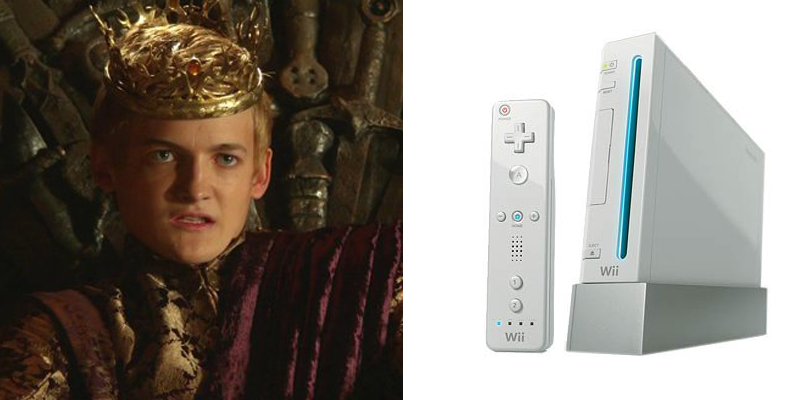
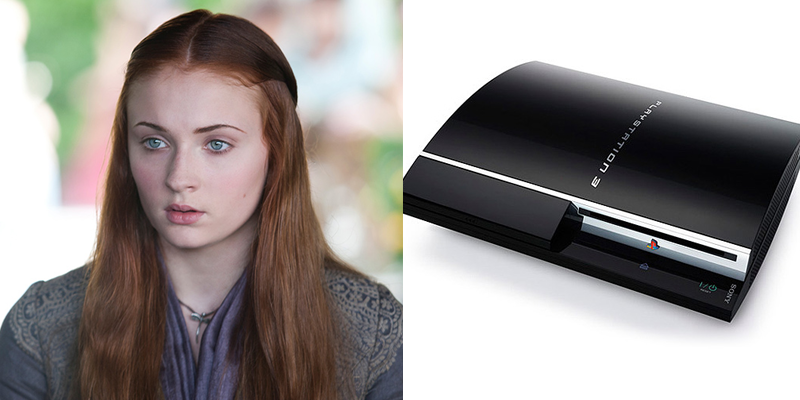
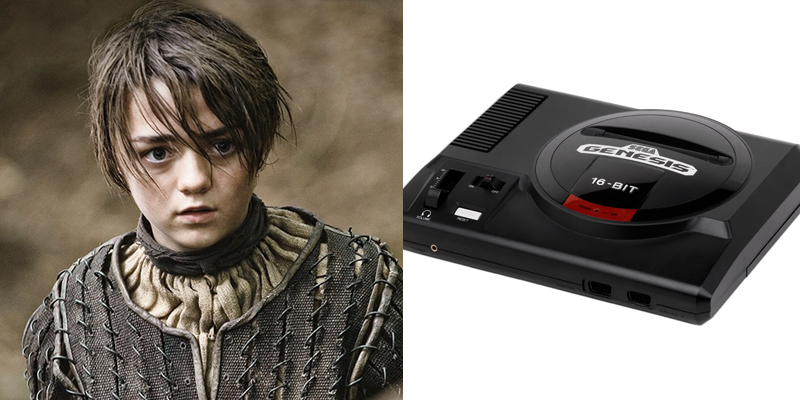

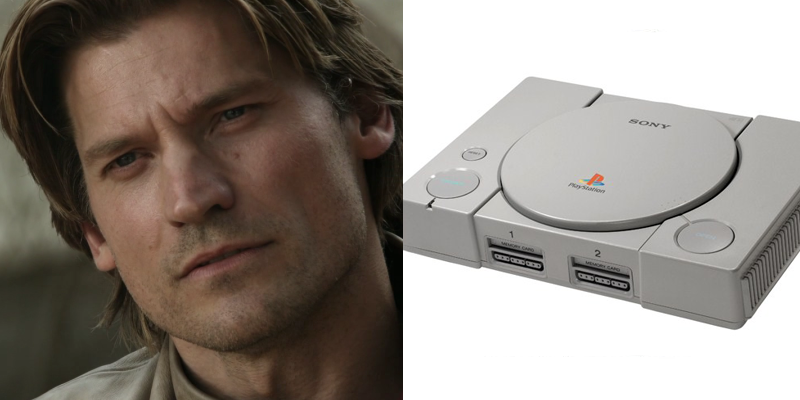
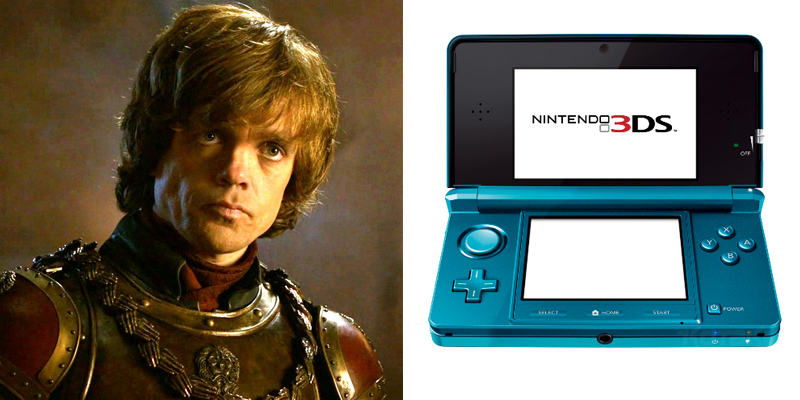

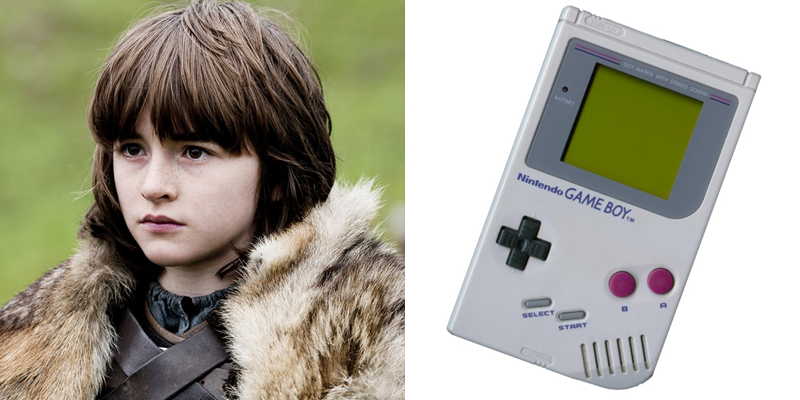

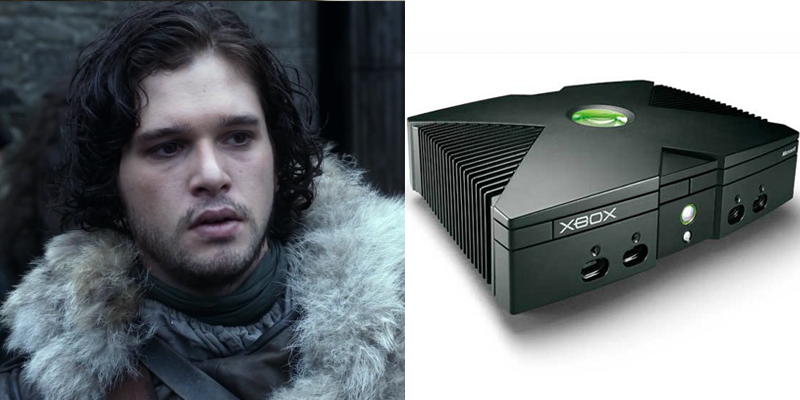



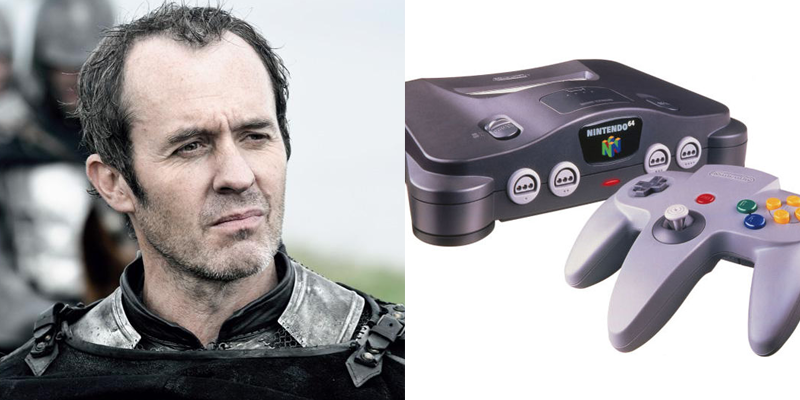



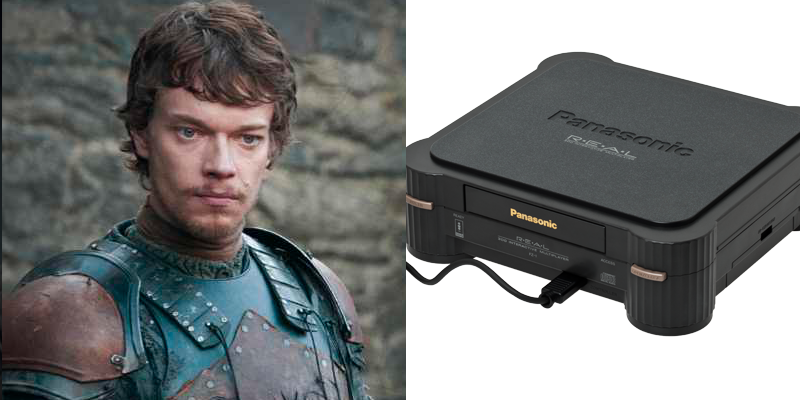






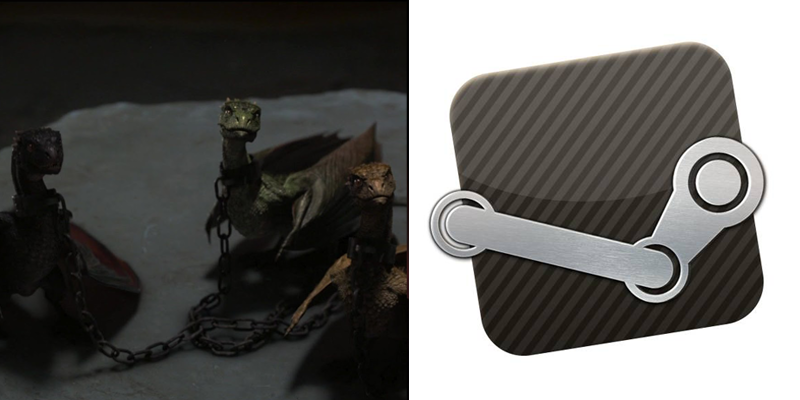

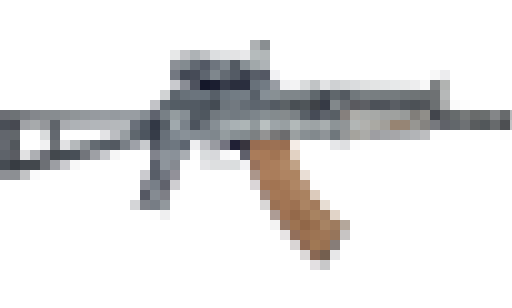
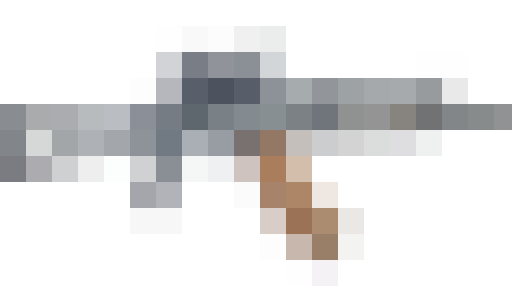
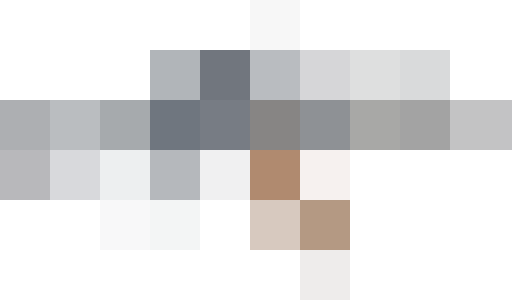

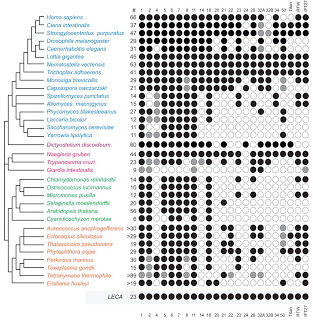
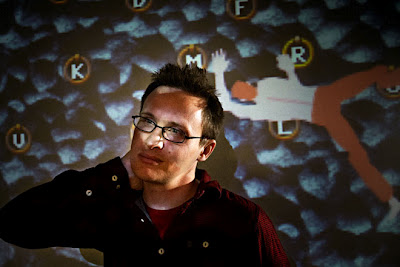
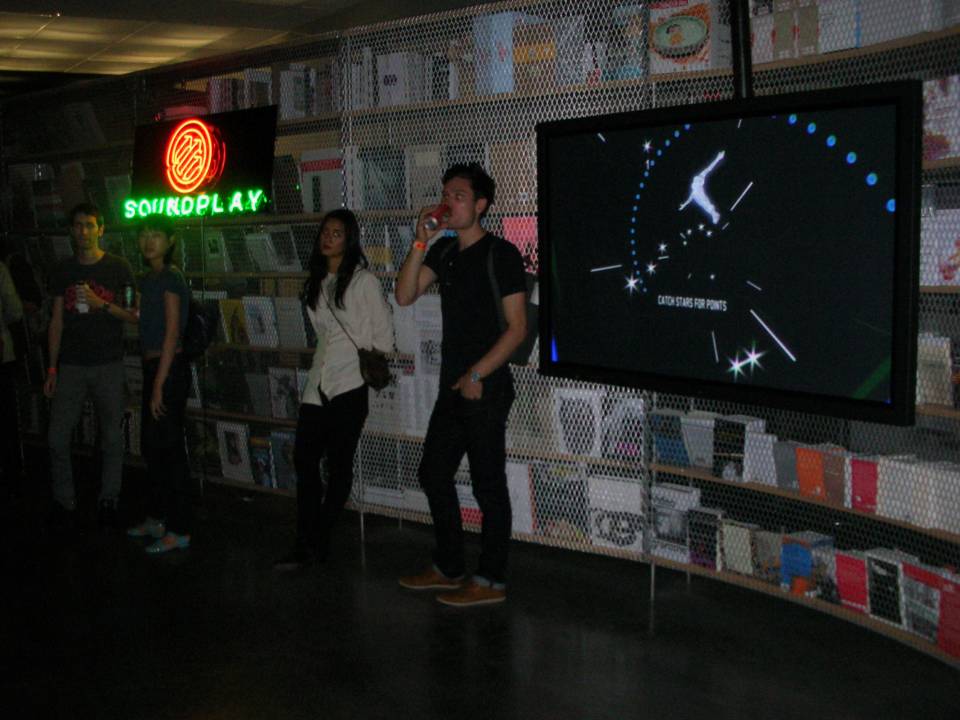
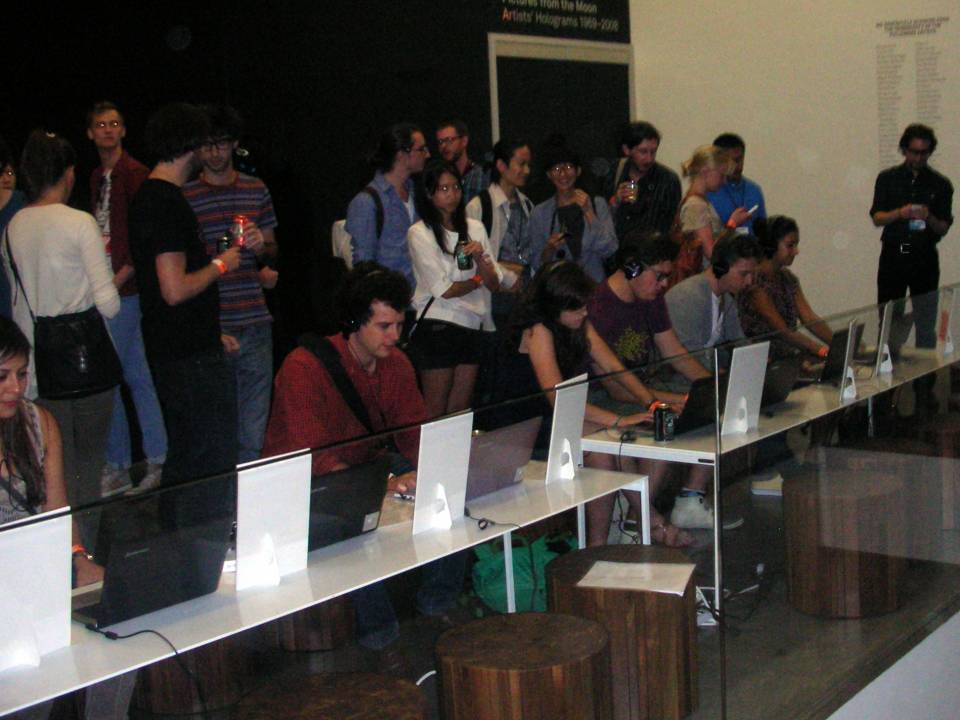







Log in to comment